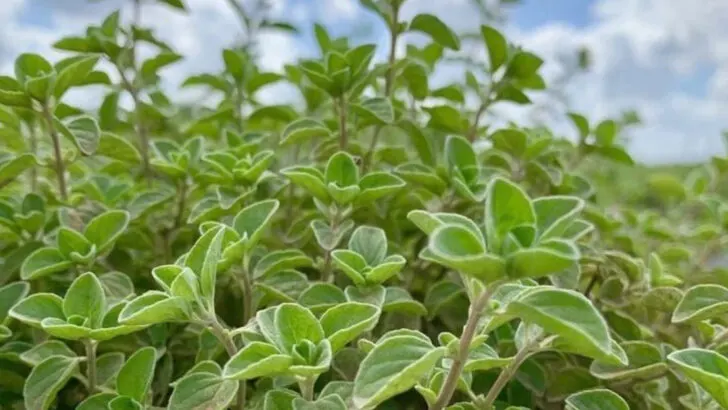Some herbs release their magic only when you get close—really close. These are the aromatic plants that don’t just sit pretty in pots; they burst with fragrance when brushed, stepped near, or even gently grazed by your sleeve. Whether planted by a pathway or in a sunny kitchen window, these herbs turn simple movement into sensory delight.
Forget candles and air fresheners—these herbs are nature’s built-in scent diffusers. From lemony thyme to peppery basil and mint that hits like menthol, the right selection can make every step through your garden or balcony a fresh surprise. And bonus: many of them are culinary workhorses, too.
In this list, we’ve rounded up 19 herbs that are at their most fragrant not when they bloom—but when you brush against them. Add a few to your containers, borders, or even your living room and let their scent greet you every time you pass by.
Rosemary
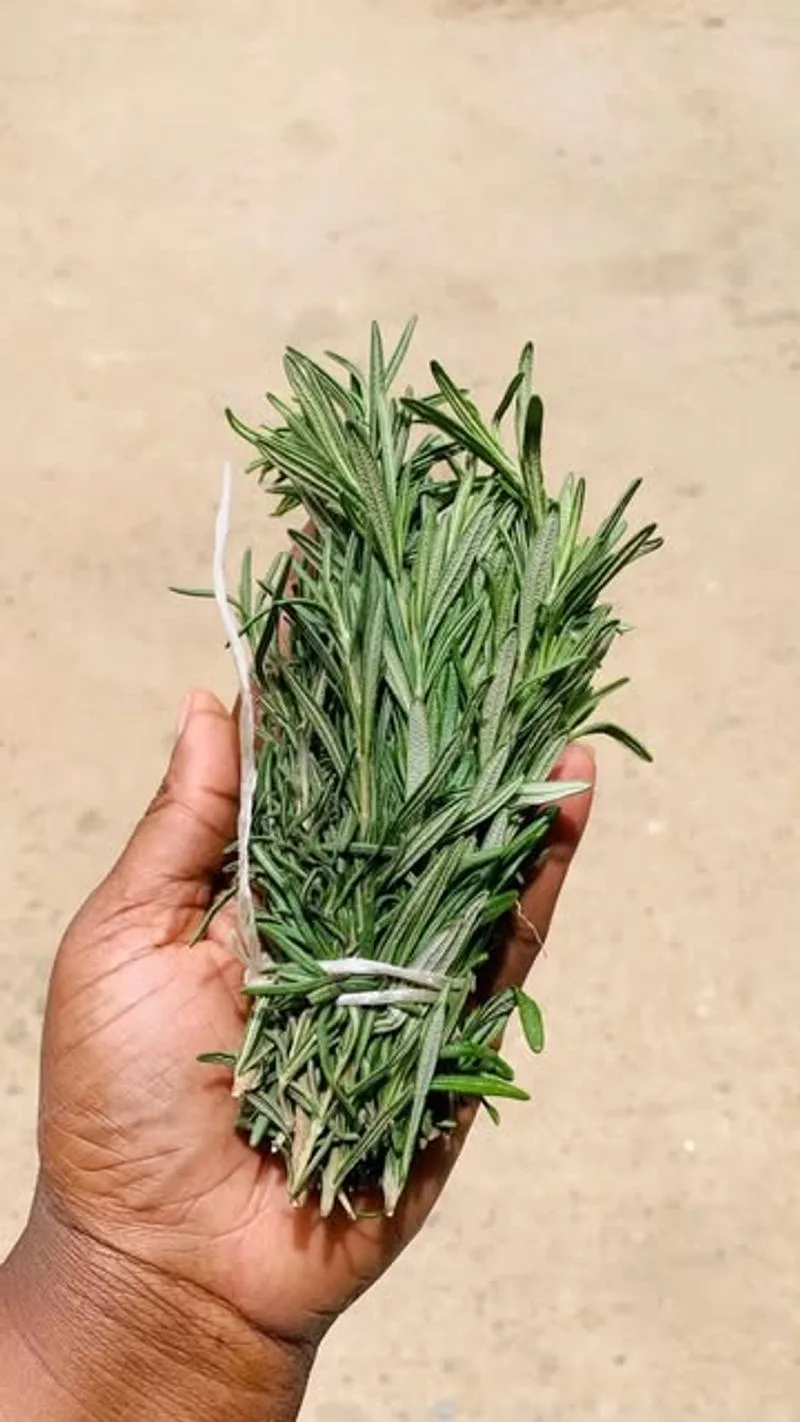
Known for its invigorating scent, rosemary has been cherished for centuries. Ancient Greeks believed it improved memory; today, its aroma wafts through kitchens worldwide. When brushed, the robust, pine-like fragrance can rejuvenate any dull afternoon. Its needle-like leaves stand resilient, offering a refreshing scent that complements roasted dishes impeccably. Often found near garden paths, rosemary thrives on neglect, requiring little water to remain vibrant. A symbol of remembrance and friendship, this herb is more than just a culinary staple. Its scent is a gentle reminder of nature’s enduring beauty and resilience.
Lavender

With its calming aroma, lavender evokes memories of tranquil summer days. Renowned for its soothing scent, it’s a favorite in aromatherapy. A gentle brush releases its floral fragrance, reminiscent of soft pillows and restful nights. This purple-hued herb is often associated with relaxation and peace, making it perfect for gardens aiming to provide a serene escape. Historically, lavender has been used in medicine and cosmetics, praised for its calming effects. Its vibrant flowers are not only visually appealing but also a haven for bees, enhancing any garden’s biodiversity.
Basil

Basil’s spicy-sweet aroma is synonymous with summer gardens. When its leaves are disturbed, they release a scent that speaks of Italian kitchens and fresh pesto. This herb, with its lush green foliage, thrives in warm, sunny spots, ready to add flavor and fragrance to your meals. Basil is versatile, enhancing both culinary and ornamental garden spaces. Its history is steeped in lore, known as a symbol of love and protection. A staple in Mediterranean cuisine, basil’s aromatic presence is both comforting and invigorating.
Mint
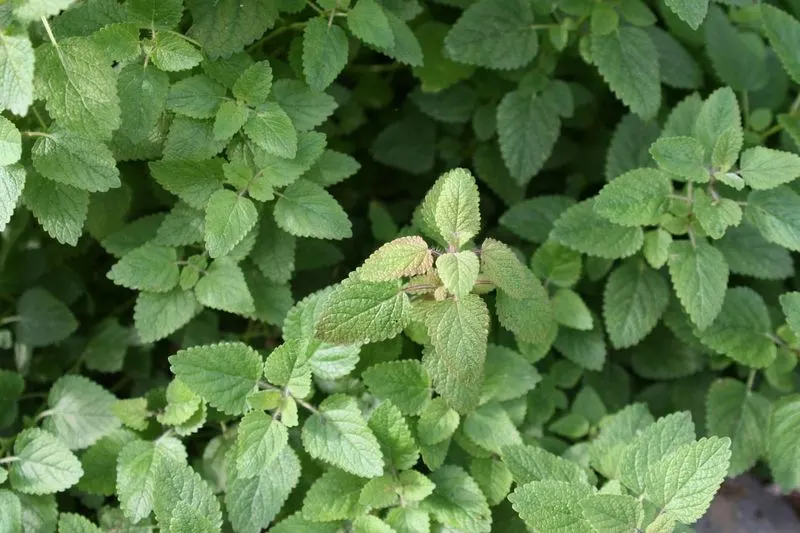
Mint’s refreshing scent is unmistakable, offering a burst of coolness in every brush. Often associated with summer drinks and desserts, mint leaves impart a crisp aroma that reinvigorates senses. This hardy herb spreads quickly, making it a lively addition to any garden. Its bright green leaves, when touched, release an invigorating fragrance that complements a variety of dishes and drinks. Historically, mint has been used for its medicinal properties, offering relief from indigestion and headaches. A garden is never complete without its refreshing presence.
Sage
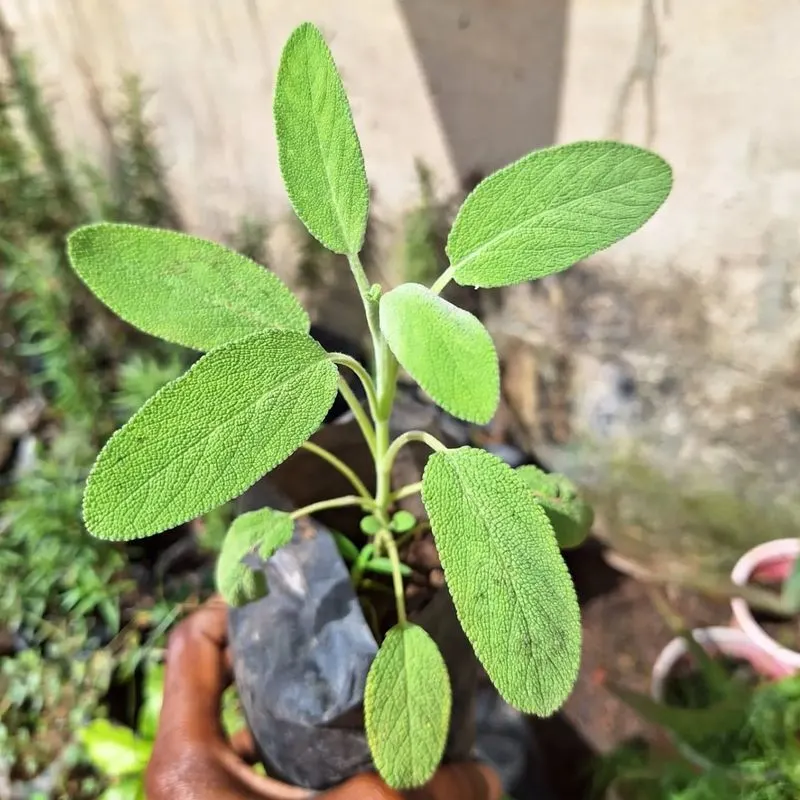
A symbol of wisdom, sage offers a complex aroma that’s both earthy and slightly peppery. Brushing against its soft leaves releases a fragrance reminiscent of countryside kitchens and roasted meats. Its hardy nature makes it a staple in herb gardens, withstanding various climates. Sage’s historical significance is rich, believed to enhance memory and wisdom. This herb’s aromatic leaves are not only useful in culinary endeavors but also in traditional remedies. The scent of sage is grounding, providing a comforting embrace to any garden.
Thyme
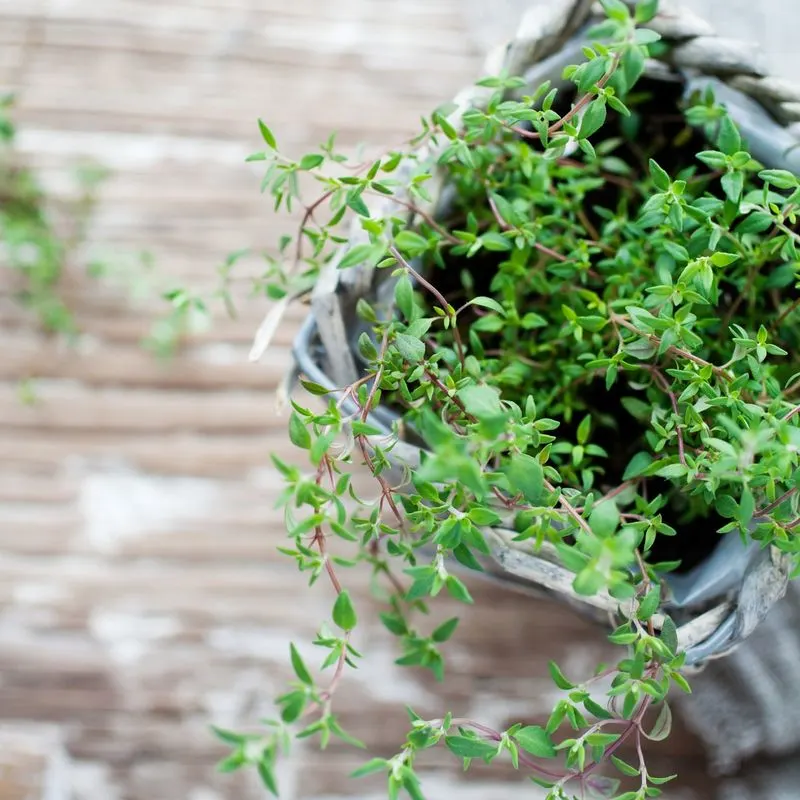
Thyme is a culinary powerhouse with a scent that evokes memories of rustic kitchens and hearty meals. Its tiny leaves, packed with essential oils, release a pungent aroma when brushed. This herb thrives in sunlit gardens, adding both aesthetic appeal and flavor. Thyme’s versatility is renowned, enhancing everything from soups to roasts. Historically, it symbolized courage and was used in ancient rituals. Today, it continues to be a staple in both culinary and medicinal applications. A garden adorned with thyme is a celebration of nature’s bounty.
Lemon Balm
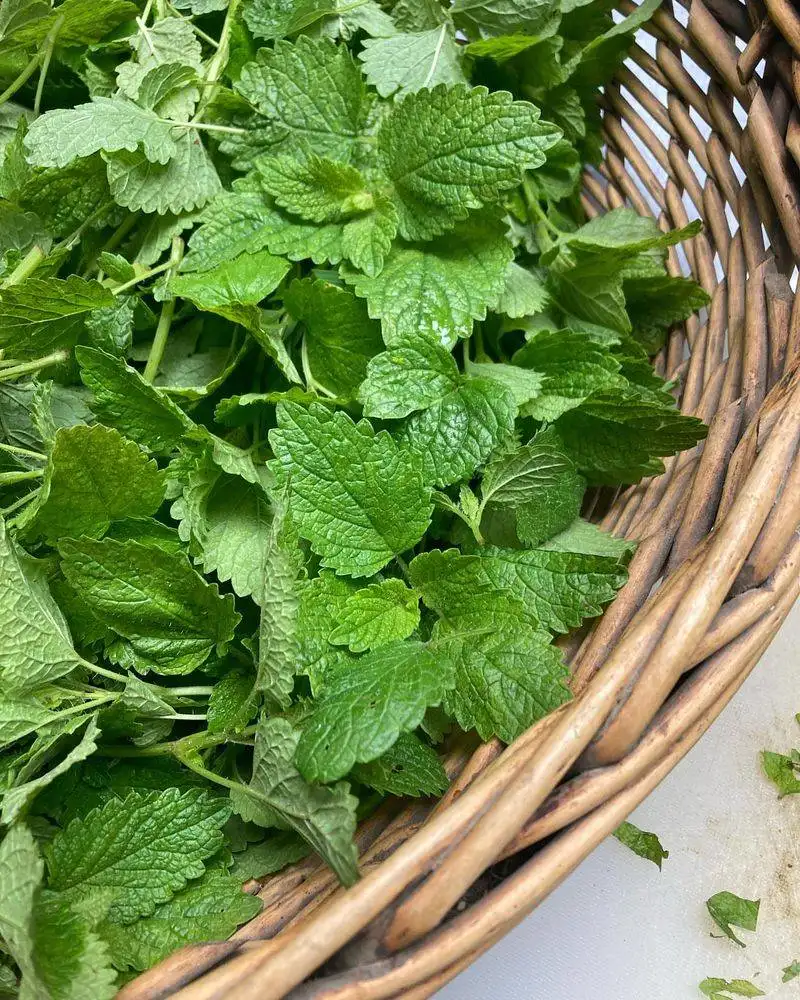
Lemon balm offers a citrusy twist, with a scent that invigorates the spirit. Its leaves, when brushed, exude a fragrance reminiscent of fresh lemons, uplifting any garden space. Known for its calming properties, lemon balm is often used in teas and herbal remedies to reduce stress. This herb’s bright green foliage is a visual delight, thriving in sunny patches. Historically, it was associated with happiness and love, believed to ward off evil spirits. The scent of lemon balm adds a cheerful note to gardens and kitchens alike.
Cilantro
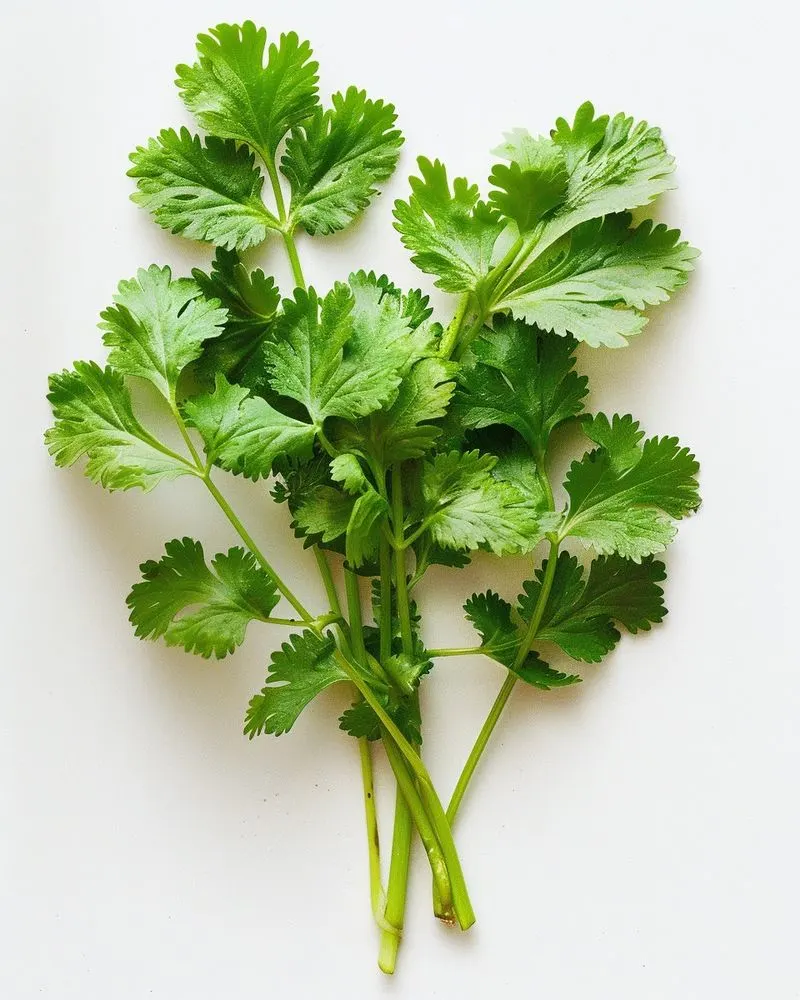
Cilantro is a divisive herb, with a scent that either enchants or repels. When brushed, its leaves release a pungent aroma that is a cornerstone of many global cuisines. This herb thrives in cooler weather, offering a burst of freshness to dishes like salsa and curry. Its feathery leaves are a staple in gardens, adding both culinary and ornamental value. Cilantro’s history is ancient, with seeds found in Egyptian tombs. Despite its polarizing scent, cilantro remains a beloved addition to kitchens and gardens worldwide.
Oregano
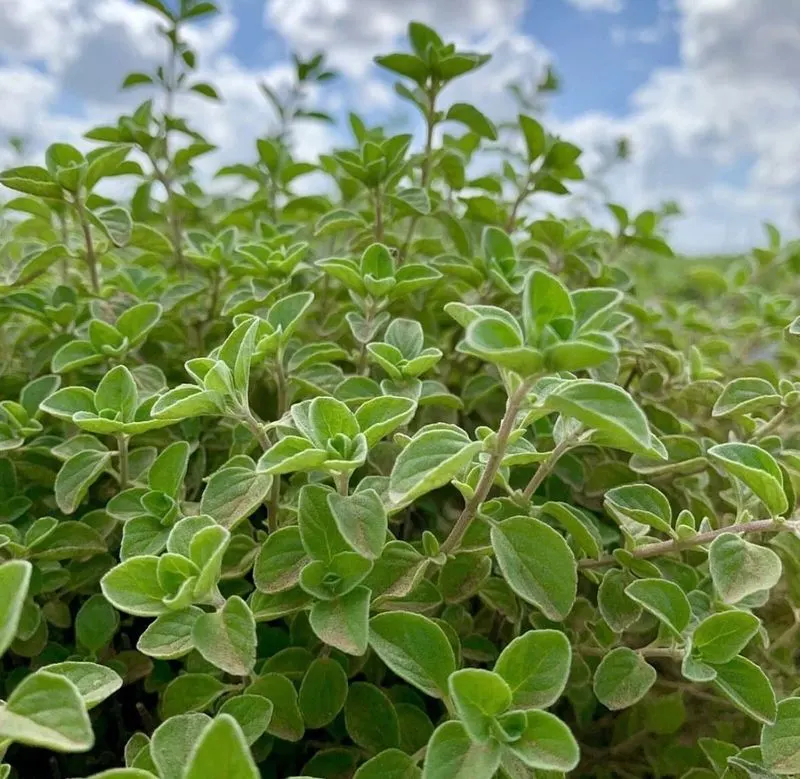
Oregano’s robust aroma is a staple in Mediterranean cooking. A brush against its leaves releases a scent that conjures images of sun-drenched hillsides and hearty dishes. This perennial herb thrives in well-drained soil, offering a touch of the Mediterranean to gardens everywhere. Oregano’s small leaves pack a punch, both in flavor and fragrance. Historically, it symbolized joy and was used in wedding ceremonies. Its aromatic qualities have made it a favorite in kitchens and gardens alike, providing a fragrant backdrop to culinary adventures.
Parsley
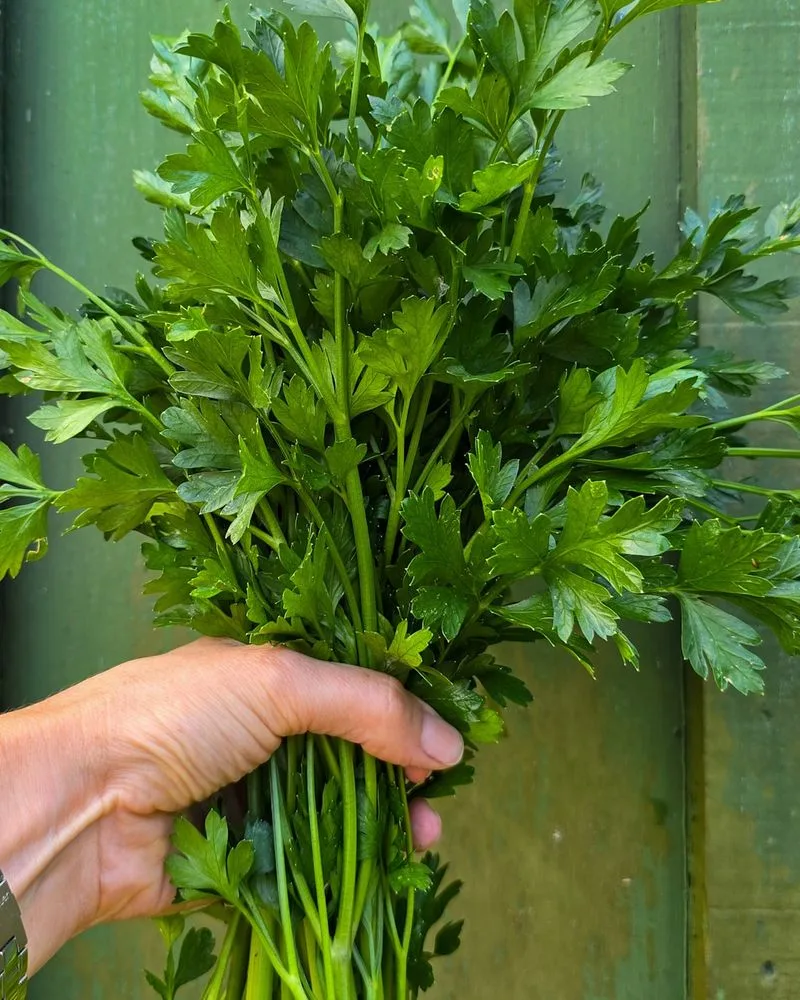
Often underrated, parsley offers a fresh, grassy aroma that brightens any garden. Its leaves, when brushed, release a mild scent that complements a variety of dishes. This biennial herb is a staple in both culinary and ornamental gardens, thriving in sunlit patches. Parsley’s history is rich, often associated with purification and protection. Despite its humble appearance, it plays a pivotal role in enhancing flavors. A garden touched by parsley is one that celebrates subtle beauty and culinary versatility, making it a cherished addition to any gardener’s repertoire.
Chives
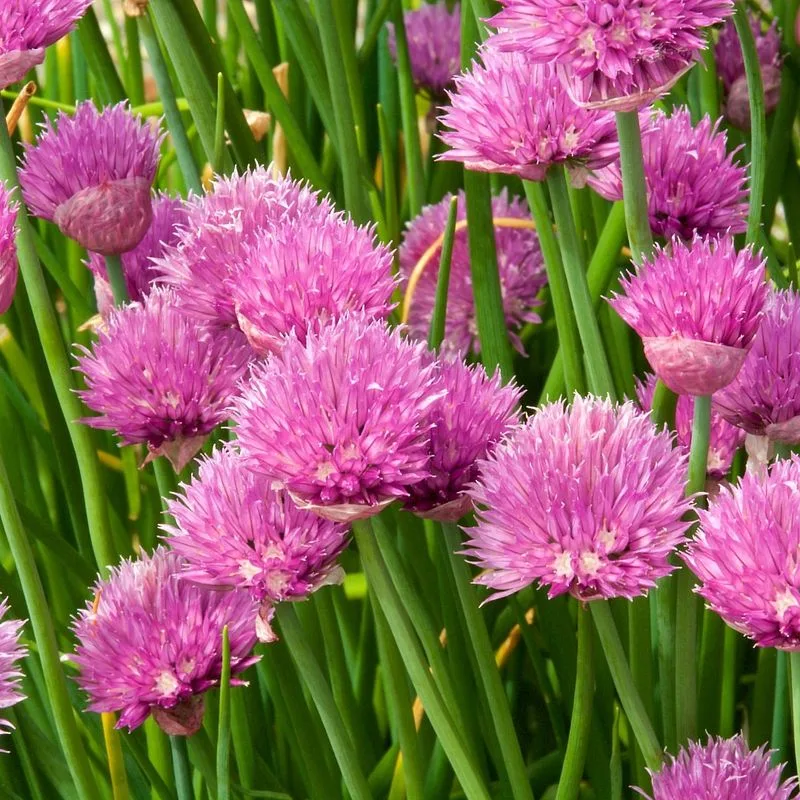
Chives are a garden’s whisper, their delicate onion-like aroma released with each gentle touch. These slender green stalks are crowned with purple blossoms in spring, adding both visual appeal and flavor. Chives thrive in sunny spots, requiring minimal care to flourish. Their history is as rich as their flavor, often used in French cuisine to add a subtle onion note. A garden enriched with chives is not only a culinary asset but also a feast for the eyes. The scent of chives is a soft reminder of nature’s elegance.
Tarragon
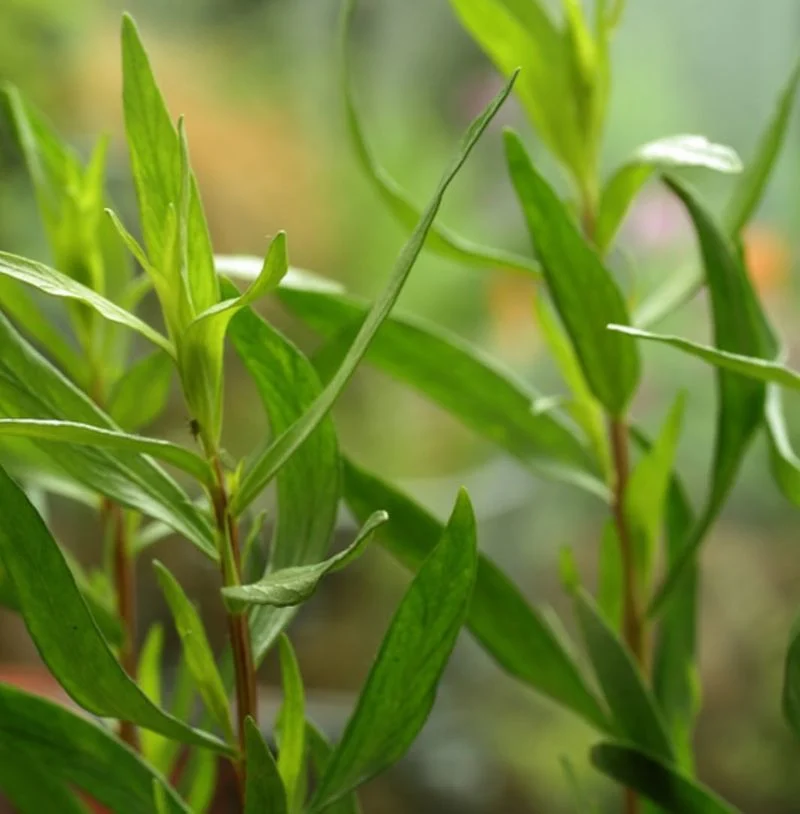
Tarragon’s anise-like scent is a subtle invitation to explore its culinary potential. This herb’s slender leaves, when brushed, release a fragrance that’s both sweet and slightly licorice-like. Thriving in sunny gardens, tarragon is a staple in French cuisine, known for enhancing dishes with its distinctive aroma. Its history is intertwined with legends of dragons and healing, making it a fascinating addition to any herb collection. The scent of tarragon is a gentle reminder of the harmony between nature and flavor, enriching both gardens and kitchens.
Bay Laurel
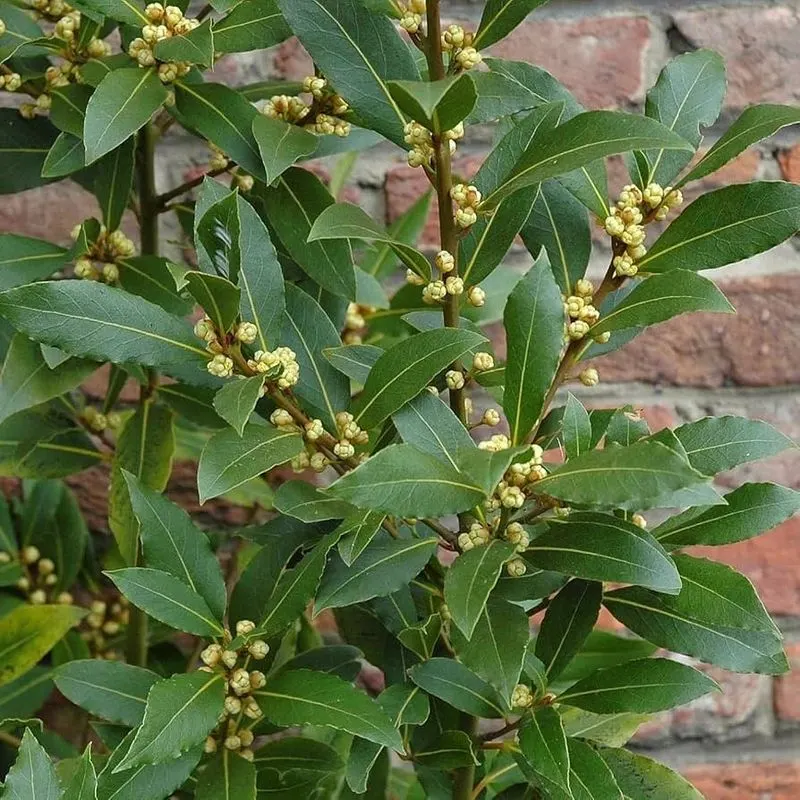
Bay laurel carries the classic scent of triumph and tradition. Its glossy leaves, when brushed, release an aroma that’s a cornerstone of culinary history. Often used to flavor soups and stews, this herb thrives in Mediterranean climates. Its history is illustrious, with leaves once used to crown victors in ancient times. A garden blessed with bay laurel is one that echoes with stories of old. The aromatic presence of bay leaves is both grounding and inspiring, adding depth to dishes and gardens alike.
Dill
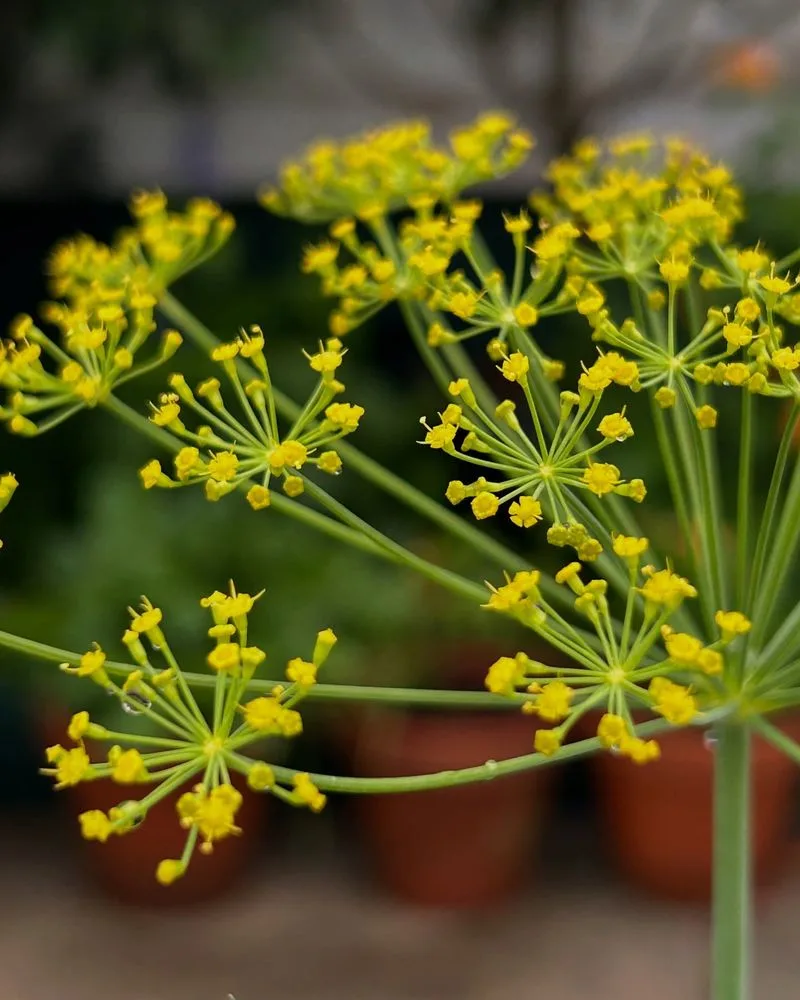
Dill’s fresh, citrusy scent is a bright burst of summer in any garden. When its feathery fronds are brushed, they release an aroma that complements pickles and fish dishes beautifully. This annual herb thrives in sunny spots, adding both height and fragrance to your garden. Dill’s historical roots run deep, once used by ancient Egyptians in medicine and cuisine. A garden enlivened with dill is a testament to nature’s zest. Its fragrance is a reminder of the simple joys found in fresh, homegrown herbs.
Lemon Verbena
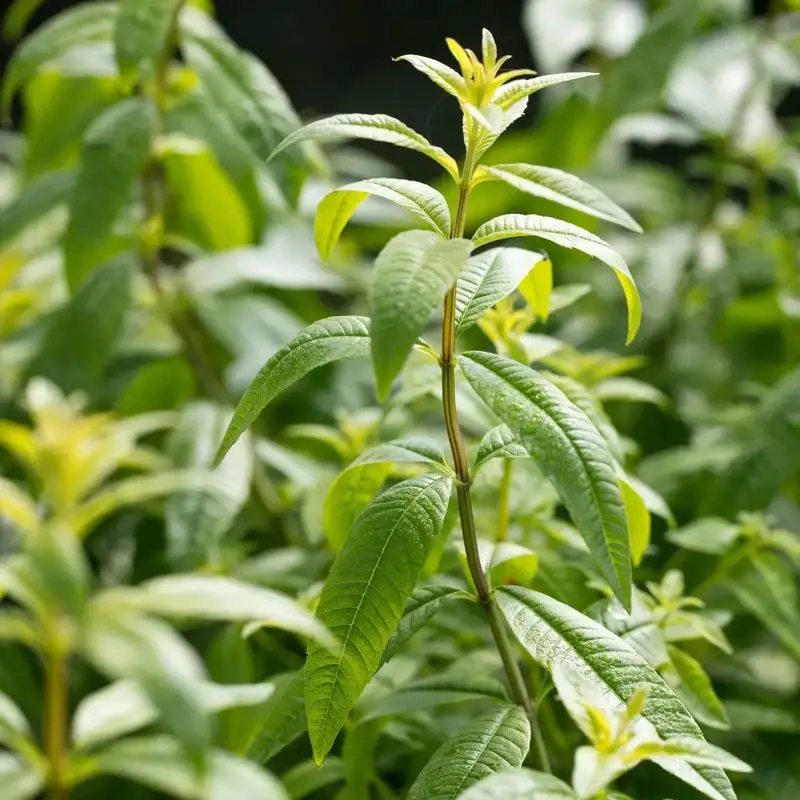
Lemon verbena’s citrusy fragrance is a sensory delight, evoking images of sunlit gardens and refreshing teas. A gentle brush reveals a scent that’s both uplifting and calming. This herb thrives in warm climates, adding height and aroma to garden landscapes. Historically, lemon verbena has been used in perfumes and teas, celebrated for its soothing qualities. A garden graced with lemon verbena is one that embraces the essence of summer. Its fragrance is a bright note in any garden, bringing a slice of sunshine into your space.
Fennel
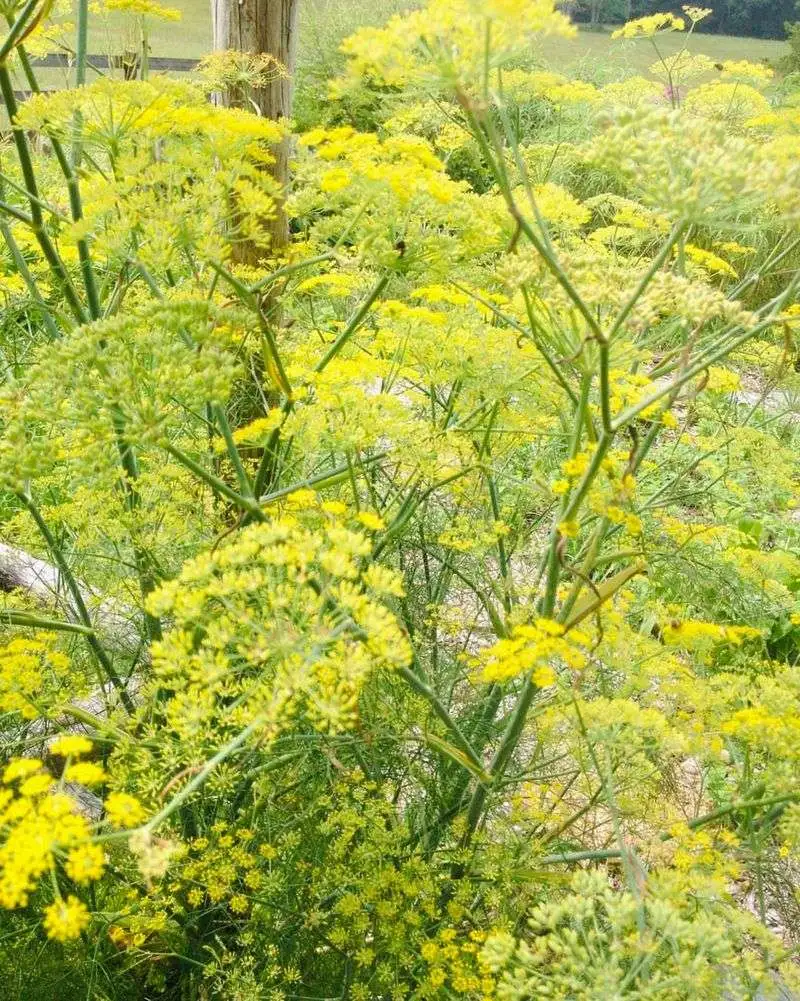
Fennel’s anise-like aroma is a fragrant journey through culinary history. Its feathery fronds, when brushed, release a sweet scent reminiscent of licorice and spice. This perennial herb thrives in sunny, well-drained soil, offering both flavor and fragrance. Fennel’s history is storied, once revered by ancient Romans for its health benefits. A garden adorned with fennel is a nod to tradition and flavor. The aroma of fennel is a bouquet of sweet and savory, enriching gardens and kitchens with its distinctive presence.
Marjoram
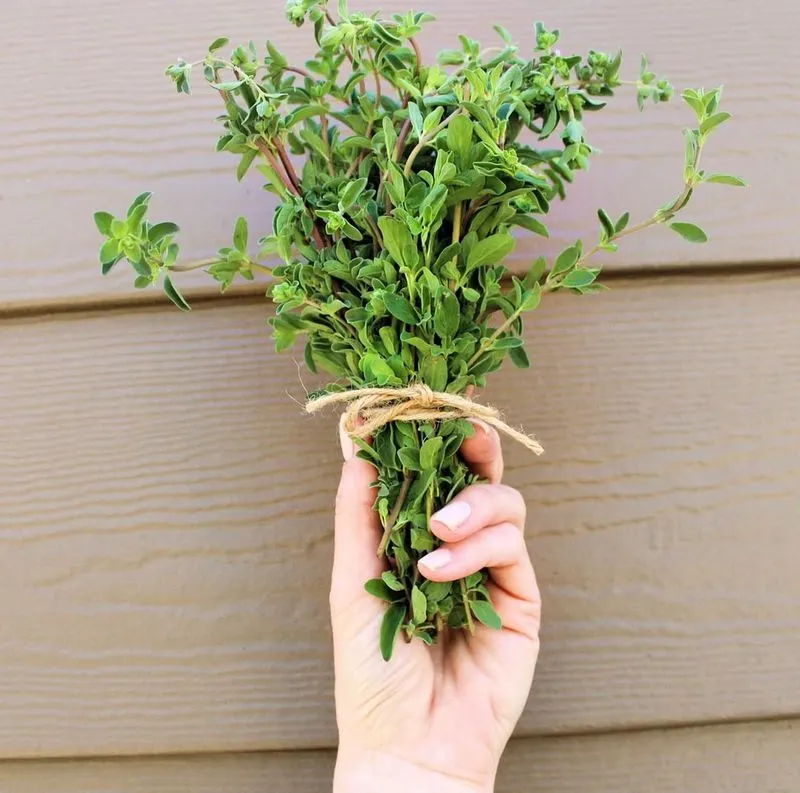
Marjoram’s sweet, floral scent is a gentle reminder of Mediterranean summers. When its leaves are brushed, they release an aroma that’s both tender and refreshing. This herb thrives in sunny gardens, offering a touch of the Mediterranean to your landscape. Historically, marjoram symbolized happiness and was used in wedding bouquets. Its aromatic leaves are a favorite in kitchens, enhancing dishes with their sweet, spicy notes. A garden enriched with marjoram is one that celebrates joy and tradition, bringing warmth to both gardens and meals.
Caraway
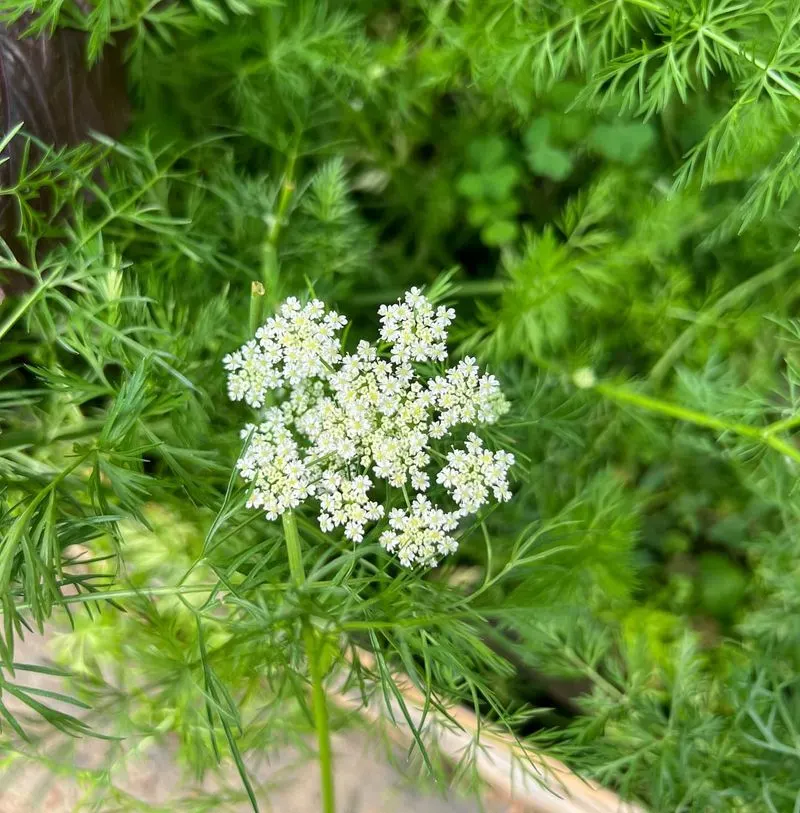
Caraway’s distinctive scent is both earthy and sweet, a blend that invites curiosity. Brushing against its leaves releases an aroma reminiscent of rye bread and exotic spices. This biennial herb thrives in fertile soil, offering both flavor and fragrance. Caraway’s history is rich, used since ancient times for both culinary and medicinal purposes. A garden touched by caraway is one that whispers tales of old-world kitchens. The aroma of caraway is a complex melody of scents, enriching gardens with its aromatic allure.
Chamomile
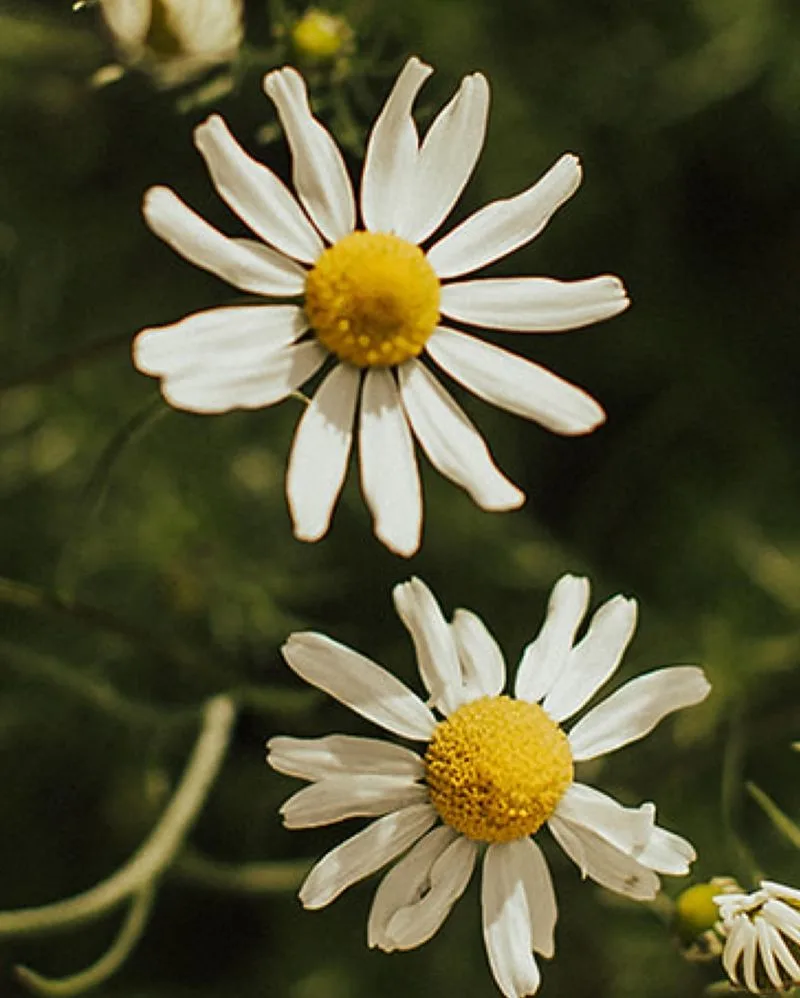
Chamomile’s gentle, apple-like scent is a soothing balm in any garden. When brushed, its daisy-like flowers release a fragrance that calms the senses. This annual herb thrives in well-drained soil, adding both beauty and peace to your outdoor space. Chamomile’s history is woven with tradition, often used in teas and remedies to promote relaxation. A garden graced with chamomile is a sanctuary of calm. Its fragrance is a tender embrace, inviting moments of tranquility and reflection amidst the hustle of daily life.

